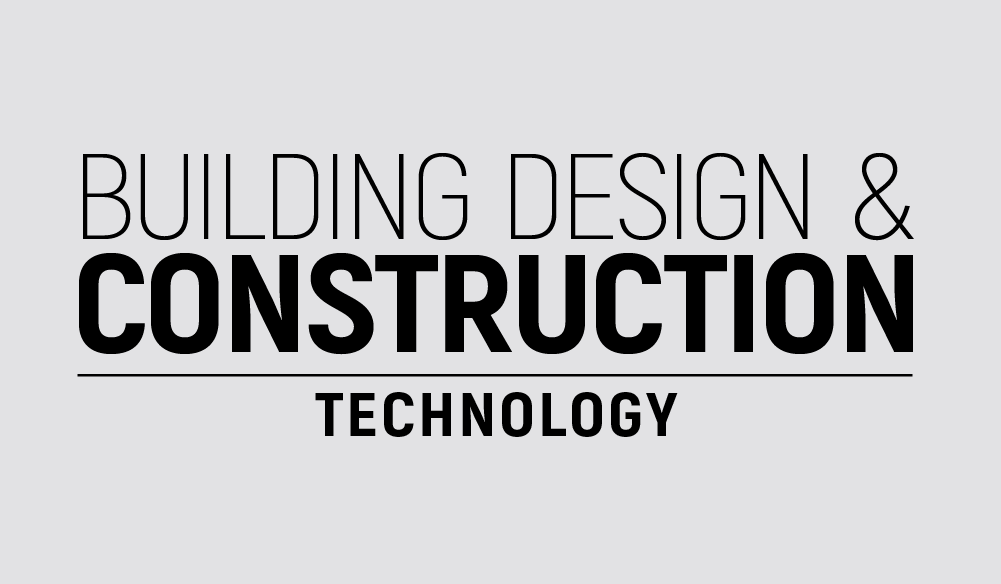By John Gorse, Public and Government Affairs Lead, Signify UKI
Connected lighting can help AI make smart cities greener
The world has become increasingly urbanised. The UN reports that since 2007 more than half the world’s population has been living in cities. That number is projected to rise to 60% by 2030. Increased urbanisation brings with it increased responsibility for cities, especially regarding the environment. Cities account for roughly 70% of global carbon emissions and over 60% of resource use.
Put simply, the world is on a collision course with an ecological reckoning and cities are one of the leading contributors. It follows that cities must also be leading drivers of change if we are to make good on our currently faltering climate pledges. And to successfully take climate action, artificial intelligence (AI) has a vital role to play.
What is AI?
AI is hard to define, both because it covers a wide range of offerings and because it is essentially a moving target—constantly learning and evolving is intrinsic to its purpose. At the most basic level, AI is digitalisation solution that leverages computers and machines to mimic the problem-solving and decision-making capabilities of the human mind. Essentially, it turns human-defined goals into mathematical ones.
AI has long been touted as the technological tool that possesses both the greatest potential for advancement and the greatest degrees of risk. Data privacy is one such risk. Smart city technologies rely on data provided by citizens, but that data must be kept out of the hands of bad actors. A hacker with access to a smart traffic control system, for example, could cause mayhem. Legitimate organisations can potentially misuse AI as well, harvesting and exploiting data in ways that infringe on individual privacy.
How can smart cities ensure that they’re using AI correctly? How can they use AI to advance their sustainability agendas in responsible and equitable ways? Read on to learn more.
AI in cities
AI has the potential to impact nearly every aspect of a smart city. It can bolster security with incident detection and intelligent CCTV. It can increase efficiency with traffic and parking management on roads, as well as automated updates and tracking options on public transportation. It can monitor air quality, manage waste, analyse energy usage—and that barely scratches the surface.
To do any of these things, AI relies on data. Processing data, recognising patterns, and devising solutions based on those patterns—even predicting potential future difficulties that can be mitigated—are AI’s fundamental pillars. As such, any city that recognises and wants to capitalise on AI’s potential must ensure that its urban services are collecting data as effectively as possible. That’s where connected street lighting can play an important role.
Sustainable partners: AI and connected lighting
Sensors in streetlights can monitor air quality and temperature. They can also detect sounds—such as gunshots or smashed windows— and then alert first responders in real time, helping citizens feel more secure. Additionally, they help streamline traffic management by offering real-time traffic information and smart parking. This information can be shared with city traffic managers or directly with drivers via an app.
Connected lighting is pivotal from a sustainability standpoint too. According to Climate Group, “A global switch to energy efficient light emitting diode (LED) technology could save over 1,400 million tons of CO2.” That’s equivalent to the energy produced by 1,250 power stations.
Potential pitfalls
AI will be key to addressing social, economic, and ecological challenges at a global scale. However, its limitations must also be acknowledged.
AI & Cities: Risks, Applications and Governance, a report published by the United Nations Human Settlements Programme (UN-Habitat) in collaboration with the Mila-Quebec Artificial Intelligence Institute, points to some of these limitations. “In order for an algorithm to reason, it must gain an understanding of its environment,” the authors write. “This understanding is provided by the data. Whatever assumptions and biases are represented in the dataset will be reproduced in how the algorithm reasons and what output it produces.”
As noted earlier, AI turns human-defined goals into mathematical ones. But if the human-defined goals are based on existing preconceptions, then the data will end up reinforcing those assumptions.
AI also falls short in evaluating its own performance. As the UN-Habitat report notes, “While it may be tempting to see algorithms as neutral ’thinkers,’ they are neither neutral nor thinkers.” AI has no grasp of wider context, and so can only produce results based on its pre-defined optimisation goals, which may be at odds with wider considerations—or worse, serve a misleading agenda.
AI systems are mathematical and cannot integrate nuance. This means AI can sometimes end up excluding or underrepresenting subjective, qualitative information from its findings.
Minimise risk with governance and accountability
There are ways to mitigate the risks associated with AI’s shortcomings. Key among these are governance and accountability.
Accountability ensures that some entity is always held responsible—and more importantly, always feels responsible—for AI’s impact. Algorithmic systems evolve, often unpredictably. A change in purpose will change their effects. Proper accountability can help negate mission creep, where technologies are intentionally repurposed for surveillance and other extraneous purposes. It can also help ensure that bad-faith actors aren’t able to willfully mishandle AI’s goals, or to repurpose them over time.
AI governance refers to the sum of AI regulations, ethics, norms, administrative procedures, and social processes. Governance helps ensure AI is used in an inclusive and equitable way, and that preconceptions or lack of awareness in the early stages don’t allow AI findings to widen the digital divide or exacerbate existing inequalities. Governance lets local authorities evaluate the opportunities and risks afforded by AI, so they can then apply it in accordance with local context.
Consulting citizens and communities is vital, too. The public is every city’s primary stakeholder; it needs to have a voice in how a tool as powerful as AI is being used in a community. This helps ensure AI is fixing local problems, not aggravating them.
Responsible AI
AI’s capacity for generating and expanding the possibilities of smart cities is considerable, especially in advancing sustainable causes. There are risks, but also ways around them. Conscientious decision-making that factors in local communities and consults local authorities will help ensure that cities get the best from AI.
Find out how you can make the Green Switch.
Building, Design & Construction Magazine | The Choice of Industry Professionals





